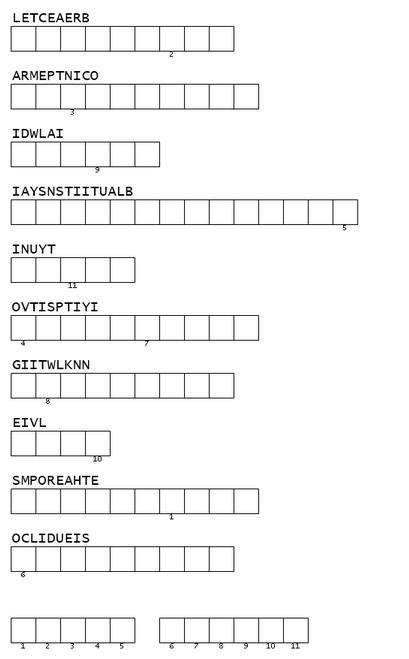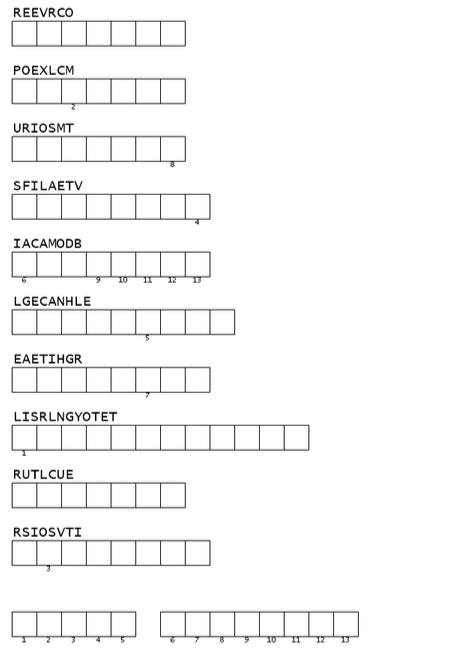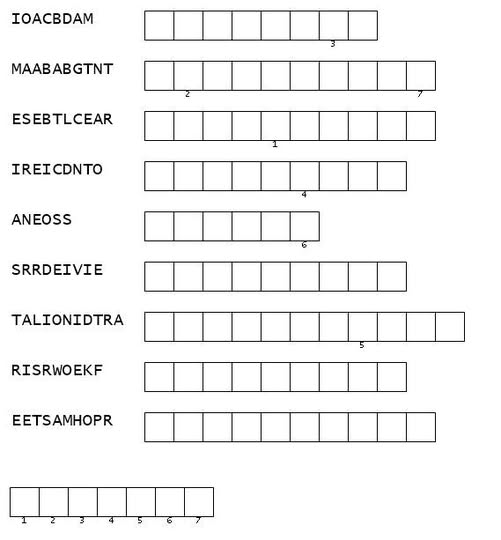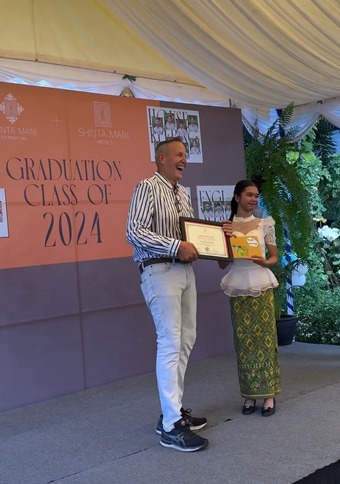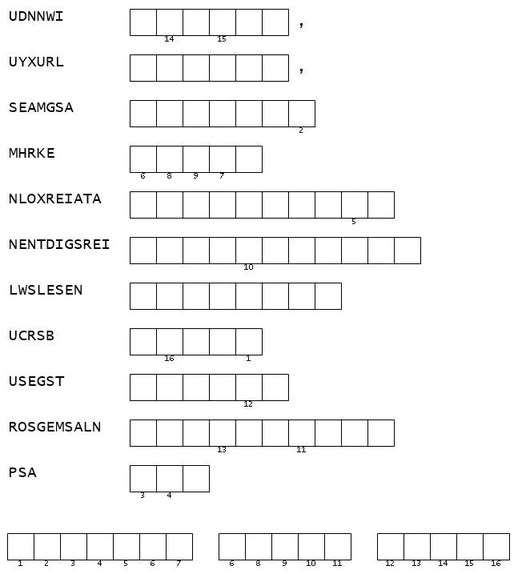Creating a **perfect LinkedIn profile** involves careful attention to detail, a clear focus on your professional goals, and positioning yourself in a way that appeals to employers, partners, or clients. Here’s a more detailed guide to help you craft a standout profile
### 1. **Profile Picture**
– **Choose a professional headshot**: First impressions matter. A high-quality, professional headshot helps you appear credible. Ensure you’re dressed in business-appropriate attire and the background is simple (neutral colors work best).
– **Smile and look approachable**: A friendly demeanor can make you seem more approachable, increasing the chances that people will engage with you.
– **Image size**: Make sure your image is properly cropped and clear. LinkedIn recommends a 400×400 pixel size for your profile photo.
### 2. **Headline**
– **Be specific and impactful**: Your headline is one of the first things people see, so it should reflect not just your job title, but your value proposition. For example, instead of just writing „Front Desk Manager,“ use something like:
“Experienced Hospitality Manager | Enhancing Guest Experiences at 5-Star Hotels | Front Desk & Operations Specialist.”
– **Include industry keywords**: These help your profile get discovered in LinkedIn searches by recruiters or other professionals. Think about what terms are most relevant to your field (e.g., customer service, operations management, leadership).
– **Showcase achievements**: If possible, highlight a specific skill or achievement that sets you apart.
### 3. **Summary (About Section)**
– **Tell your story**: The „About“ section is your opportunity to summarize your professional journey. Write in the first person and keep it conversational yet professional. You should highlight:
– Your key strengths and experience.
– What makes you unique (e.g., a passion for hospitality, a knack for building teams, or specific technical expertise).
– What you’re currently doing and what you aspire to achieve in the future.
– **Focus on value**: Employers and potential clients want to know how you can help them. For instance, you could write:
“As a hospitality professional with over 10 years of experience in front desk operations, I’m dedicated to creating exceptional guest experiences that drive loyalty and satisfaction. I’m passionate about leading teams to deliver the highest level of service, consistently improving operations to meet the dynamic needs of a luxury hotel environment.”
– **Call to action**: Invite people to connect or reach out to you for opportunities, partnerships, or projects.
### 4. **Experience Section**
– **Detail your roles clearly**: For each job you list, don’t just describe responsibilities—focus on achievements. Use bullet points to make it easy to read. Structure it like this:
– **What you did** (e.g., Managed front desk operations at a luxury hotel).
– **How you did it** (e.g., Led a team of 10, implemented new check-in procedures).
– **What you achieved** (e.g., Improved guest satisfaction scores by 15% over 12 months).
– **Use measurable results**: Quantifying your accomplishments (e.g., revenue growth, customer satisfaction improvements, number of projects managed) gives weight to your experience.
Example:
“Increased guest satisfaction scores by 20% through the implementation of personalized check-in processes and enhanced staff training programs.”
### 5. **Skills and Endorsements**
– **Add relevant skills**: Include skills that align with your profession and aspirations. For example, if you work in hospitality, skills like „Guest Relations,“ „Team Leadership,“ or „Conflict Resolution“ might be important.
– **Order of skills**: Ensure the most relevant skills are listed at the top. You can edit this order in the skills section.
– **Seek endorsements**: Politely ask colleagues, clients, or supervisors to endorse you for specific skills. The more endorsements a skill has, the more credibility it gives to your expertise.
### 6. **Education Section**
– **List relevant degrees and certifications**: If you have a degree in hotel management or hospitality, make sure to include it. You should also list certifications that add to your professional credibility, such as industry-specific training or leadership programs.
– **Professional development**: If you’ve completed any professional development courses (e.g., customer service training, management workshops), include these as well.
### 7. **Recommendations**
– **Ask for thoughtful recommendations**: Reach out to colleagues, supervisors, or clients and request personalized recommendations that focus on your strengths, work ethic, and contributions. Recommendations from people you’ve managed or worked closely with carry more weight.
– **Give back**: Write recommendations for others. LinkedIn is a two-way street, and providing well-written recommendations for others increases the likelihood they’ll return the favor.
### 8. **Accomplishments**
– **Highlight extra achievements**: This section can include:
– **Publications**: If you’ve written articles, blog posts, or white papers.
– **Certifications**: Any official certifications you’ve completed that are relevant to your field.
– **Languages**: Proficiency in multiple languages is a strong asset, especially in international or hospitality-related fields.
– **Honors and awards**: Recognition from your industry, company, or clients.
– **Projects**: Specific projects you’ve led or contributed to that demonstrate your expertise.
### 9. **Volunteer Experience**
– **Show your passions**: If you volunteer or support causes, add this to your profile. Many employers appreciate seeing a well-rounded individual who contributes to the community. It can also provide insight into your character and values.
### 10. **Engagement and Networking**
– **Build connections**: Don’t wait for people to connect with you. Be proactive in sending connection requests to colleagues, industry leaders, and potential mentors. Always include a personalized note when requesting to connect.
– **Join industry groups**: Participate in relevant groups and discussions. Comment on industry trends, post insights, and engage with others’ content to stay visible.
– **Share content**: Occasionally share articles, insights, or updates that are relevant to your industry or career. Thought leadership can boost your credibility and demonstrate that you’re active in your field.
### 11. **Follow Companies and Influencers**
– **Stay informed**: Follow industry leaders, companies you admire, and influencers in your field. This not only helps you stay up to date but also signals your professional interests to your network.
– **Engage with content**: Regularly liking, sharing, and commenting on posts helps you remain active in your network and increases your visibility.
### 12. **Keep Your Profile Updated**
– **Regular updates**: Continuously update your profile with new roles, skills, certifications, or achievements. This helps your profile remain fresh and reflective of your most recent accomplishments.
– **Consistency**: Ensure your LinkedIn profile is consistent with your resume or any other professional online presence you maintain.
### 13. **Personalize Your LinkedIn URL**
– **Custom URL**: LinkedIn allows you to personalize your profile URL. For example, instead of a default URL like „linkedin.com/in/johndoe12345,“ change it to „linkedin.com/in/johndoe“ or something similar. This makes your profile easier to share and looks more professional on business cards or resumes.
—
By carefully crafting each section of your LinkedIn profile with a focus on achievements, clarity, and professionalism, you’ll maximize your profile’s appeal to recruiters, potential employers, and industry peers.
